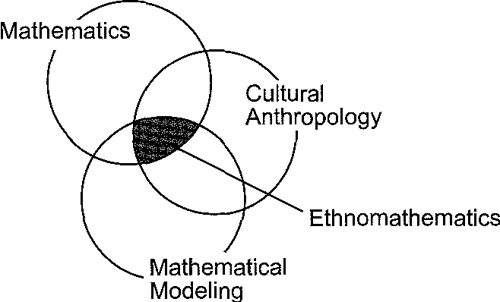As I calculated the hypotenuse of a triangle in geometry class, I was intrigued that Pythagoreus could come up with such a simple theorem. While I appreciate the pure mathematical value of the Pythagorean Theorem, I found it hard to believe it was developed in a vacuum and set out to discover more. We know that the Pythagorean Theorem is used every day by engineers, contractors, and other professionals. However, many people don’t know that before the 6th century BC, indigenous cultures without formal knowledge of the theorem applied the same principles to their everyday lives. Aboriginal cultures used right triangles to navigate rivers diagonally, and Native Hawaiians used triangles to analyze constellations and navigate open seas. Mayan cultures likely used them in building their pyramids, as well. Yet, we only learned about Pythagoreus in school.
Most math teachers in the U.S. use a Eurocentric method of thinking. This makes sense, given that many recorded breakthroughs have come out of Europe. For example, during the Renaissance, an abundance of famed European mathematicians, such as Descartes, Fermat, and Euler published their work. However, by focusing solely on Western innovations, we neglect important recorded contributions from the medieval Middle East, like the decimal place-value system, as well as those from China, like number theory. Beyond recorded math breakthroughs from these cultures, math is evident in other cultural areas, like the symmetry involved in Japanese origami, to name one.
However, the aspect that is most forgotten about is how mathematics is used in other indigenous cultures. For example, many cultures examined musical rhythms and patterns as well as probability and strategies in games from Native tribes. The base 20 system was used daily in Mayan Culture. The use of this system also led to the creation of the concept of zero, as a placeholder was needed for some numbers in the Mayan system, such as 20. The Navajo also used transformations such as Rotation and Dilation in their rug-making, all important concepts in the study of geometry.
By incorporating ethnography ideas into the classroom, teachers can help students not only understand how math is applied to different areas of our lives but also make us aware of underrepresented cultures. This approach will also appeal to students who may have an interest in music or history, rather than simply mathematics itself. Mathematics is all around us and an interdisciplinary approach to it will make enjoyable and inclusive for all!
![]()
- United States
